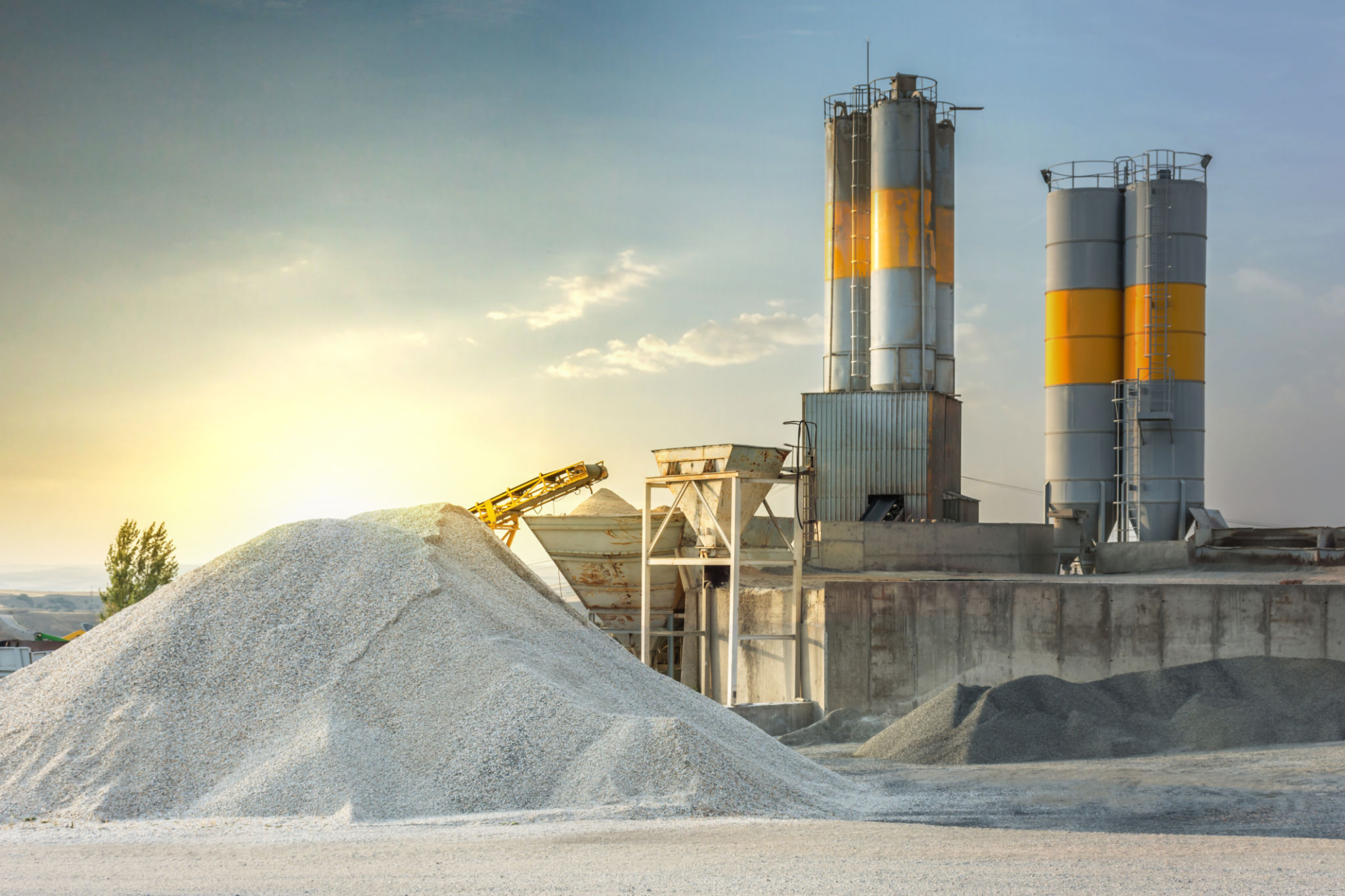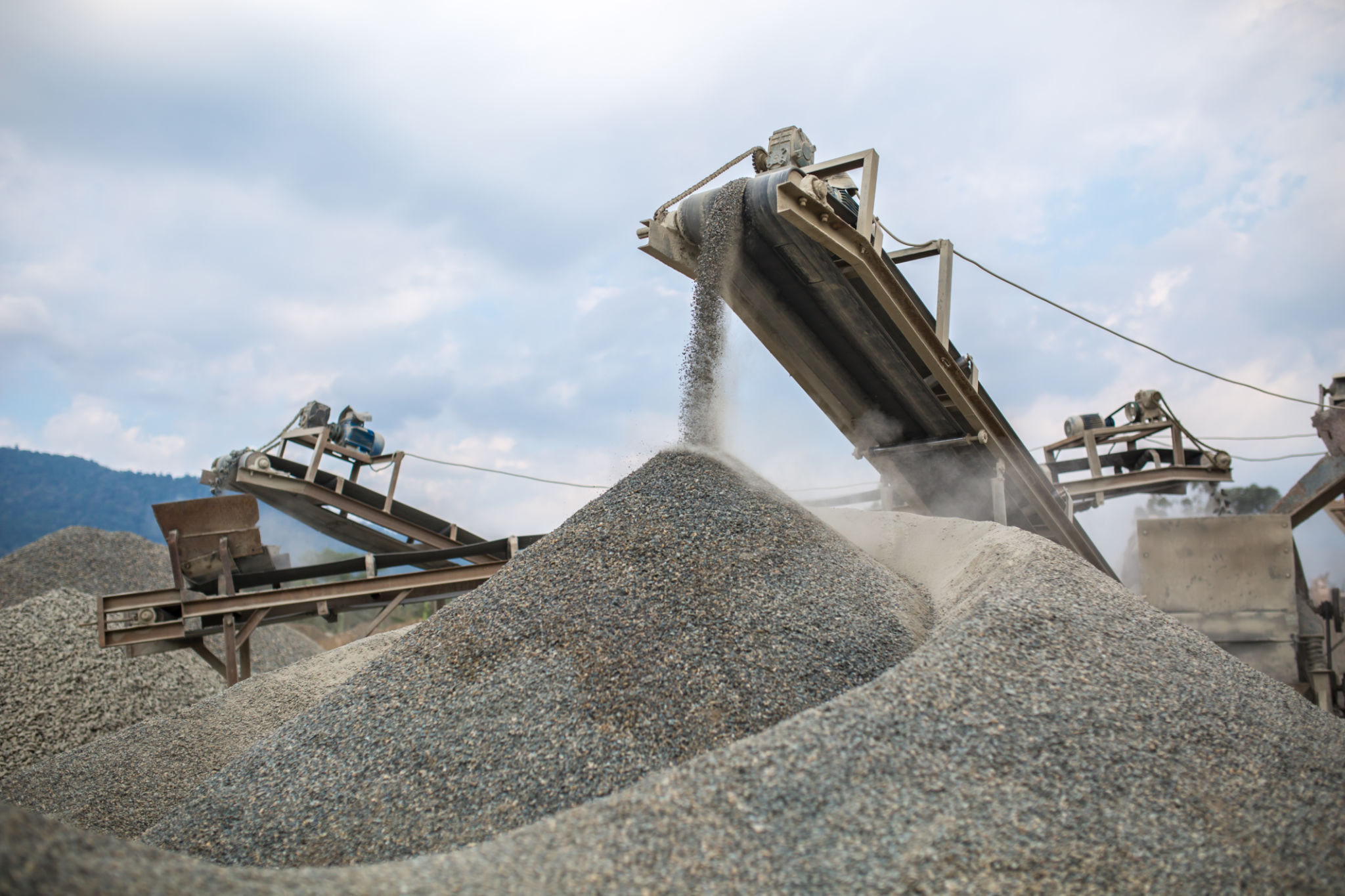Understanding the Environmental Impact of Concrete: Sustainable Practices
Understanding the Environmental Impact of Concrete
Concrete is one of the most widely used building materials in the world, known for its durability and strength. However, its production and use come with significant environmental impacts. From carbon emissions to resource depletion, understanding these impacts is crucial for developing more sustainable practices in construction.

The Carbon Footprint of Concrete
The production of concrete is a major contributor to global carbon dioxide emissions, accounting for approximately 8% of total emissions. This is primarily due to the energy-intensive process of producing cement, a key component of concrete. The manufacturing of cement involves heating limestone and other materials to high temperatures, releasing large amounts of CO2 in the process.
To mitigate this impact, the industry is exploring various strategies. These include improving energy efficiency in cement production, utilizing alternative fuels, and incorporating supplementary cementitious materials like fly ash or slag that can reduce the amount of clinker needed, thus lowering emissions.
Resource Depletion and Habitat Destruction
Concrete production also involves significant resource extraction, particularly sand and gravel, which can lead to habitat destruction and biodiversity loss. Unsustainable mining practices can cause erosion, water pollution, and harm to aquatic ecosystems.

Efforts to address these issues include promoting the use of recycled aggregates from demolished concrete and other sources. By recycling concrete, not only can the demand for new materials be reduced, but it also helps in minimizing waste sent to landfills.
Water Usage in Concrete Production
The concrete industry is a major consumer of freshwater resources. Water is used throughout the production process, from mixing to curing. This can strain local water supplies, especially in regions already facing water scarcity. Implementing water-saving techniques and recycling water used in production can significantly reduce this impact.

Innovative Sustainable Practices
Fortunately, there are innovative approaches being developed to make concrete more sustainable. These include the use of carbon capture and storage technology in cement plants and developing new types of low-carbon cements. Additionally, researchers are exploring the potential of alternative binders and bio-based materials that could replace traditional cement.
Furthermore, enhancing the longevity and durability of concrete structures reduces the need for frequent repairs and replacements, thereby minimizing resource consumption over time. Building designs that optimize material use without compromising structural integrity are also being promoted.
Conclusion
While concrete remains an essential component of modern infrastructure, understanding its environmental impact is crucial for fostering sustainable development. By adopting innovative practices and improving resource efficiency, the construction industry can significantly reduce its ecological footprint. As consumers and professionals alike become more environmentally conscious, the demand for greener construction solutions will continue to grow, driving positive change across the industry.